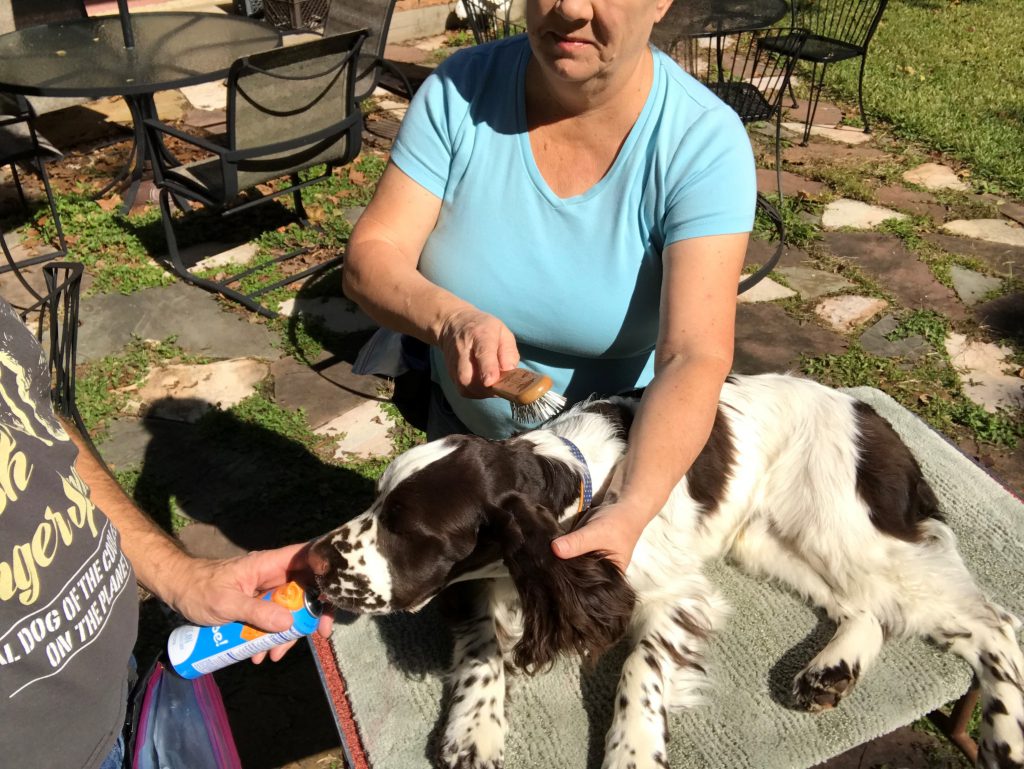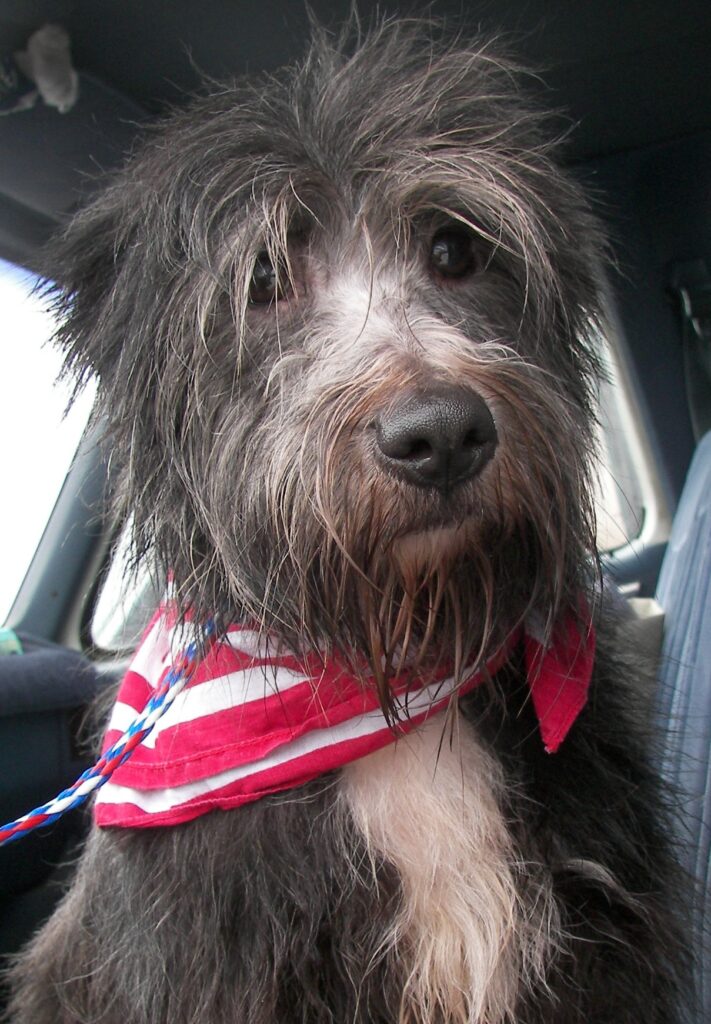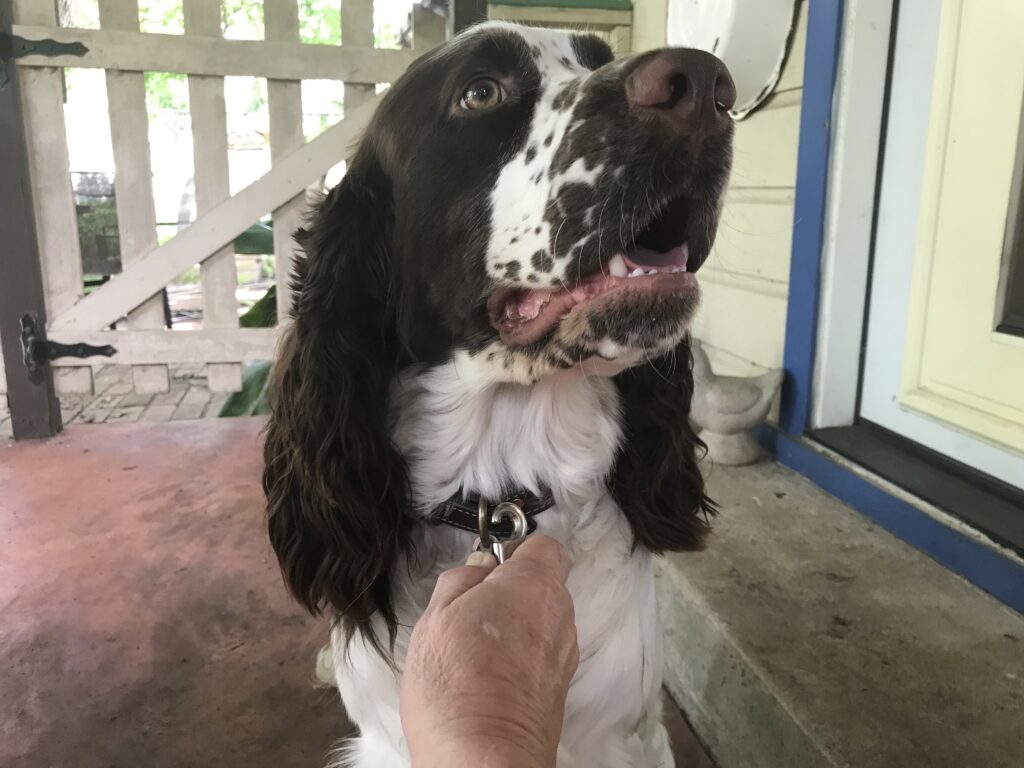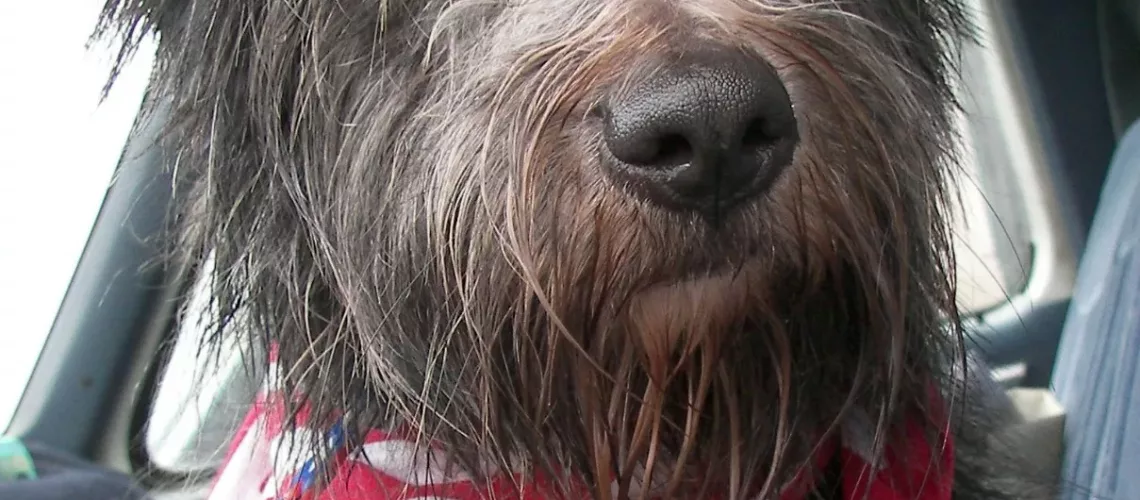Life should be fun! Training your dog is more than Sit and Stay. Prepare your dog for the things he’s likely to encounter in his life. Make sure he knows what to do in those situations and his life and yours will be predictable and fun. Life skills are the behavioral building blocks that allow you and your dog to get things done on a day-to-day basis.
Prevent dogs from feeling threatened or afraid
Make sure your dog feels comfortable and secure, and expects things to work out well. Look at things through your dog’s eyes. You know that friendly stranger loves dogs and just wants to be friends; but what does it look like to your dog? Is your dog “optimistic” about a new dog or human in his general area? Or is he worried or afraid when someone shows up?

Understand where dogs are coming from
Dogs do what works. Have you taught your dog the life skills he needs for dealing with:
- Activities and requests he doesn’t like or doesn’t want to do? (HINT: Give your dog the tools they need, and there won’t be any of these! Your dog can enjoy and look forward to anything he has the life skills to handle. Make every task, every request, every activity fun and your dog will choose to participate. There’s no need for your dog to fear day-to-day activities.)
2. New experiences? Is he curious about most new things? If not, you can change that.
3. Things that excite him in a good way? (Trying situations for dog owners! The dog is happy, but so excited you can’t control him! Your dog probably needs to learn patience and self-control. Dogs don’t automatically make choices that work for you; you have to teach them.)
Don’t just wait and see. Remember, your dog will do what works to get him something he wants. What works for him may not be a behavior you like, unless you purposefully teach him to use a behavior that you do like to achieve his goal.
Teach the dog what to do – in advance
Dogs must be taught the life skills for doing what you want them to do BEFORE the situation occurs in real life. Set up controlled example situations in which he can learn. Controlled examples are safe, secure imitations that only last for a minute or less and involve lots of treats, petting, play, and happy talk. Think of it as play-acting for the real situation. Human children can learn table manners from having tea parties. Your dog can learn manners from playing games of pretend, too!
Life Skills for Veterinary Care
Teach your dog that when people handle his ears, feet, and other body parts, he gets lots of treats. This leads to relaxation for examinations and treatments your dog will need in the future. Pavlov taught his dogs to salivate when they heard a bell. You can use the same process to teach your dog to relax while someone handles his feet or examines his ears. Life skills for visiting the vet’s office include cooperation with being handled and happy anticipation of going to the location. Condition the behavior you want while the dog is riding in the car. Take your dog to the vet’s office when you don’t have an appointment. Provide the best treats, do some simple, fun training exercises on the vet’s front porch, ask staff to give your dog treats if they’re not busy! You can teach your dog to love the vet’s office. (When you actually have an appointment, take along a familiar mat for your dog to lie on and bring the BEST treats to feed pretty much constantly throughout the visit, including the exam, tests, and any treatments. Every experience your dog has at the vet’s office will affect his next experience there. You will either be making his next visit better or worse – behavior doesn’t remain the same. The life skills you teach your dog during a vet visit will remain valuable throughout his or her entire life.
Life Skills for Grooming
Life skills for grooming often start with tolerance of grooming tools and processes in very short time increments. Tolerance is the first step toward LOVING the grooming process, which then leads to your dog cooperating to help you get the job done! Teach your dog that when brushes and toenail clippers come out, the treats do, too. Teach him to get into and out of the bathtub before you involve water and shampoo. When you do bring out the water and shampoo, wash just a leg or two the first time and accompany that experience with lots of treats or some peanut butter smeared on the tile for your dog to lick during the process. Better to have a half-bathed dog who looks forward to his next bath than a dog who is clean but now terrified of the bathtub.

Life Skills for Car Rides
Your dog needs to know how to approach the car and how to get in or be lifted in. He needs to be familiar with the sound and feeling of the running engine, able to relax during the ride, and know how to get safely out of the car – or be lifted out. Teach your dog how fun it is just to walk to the car, and that you won’t ask any more than that at first. He can get a few treats for approaching the car and then the two of you can walk away together. This is a great way to start with a new dog, or to help a dog who has already shown that he’s not sure about cars. Move on to offering treats on the threshold of the open door. Letting the dog lead the process may result in him happily jumping in the car, which is way better than putting him in there before he’s ready to face being inside the car. Remember to look at the situation through your dog’s eyes and don’t expect he already knows that cars can take him to fun places! Learn to read your dog’s body language to be sure he’s showing curiosity and an open mind about the process.

Life Skills for Going Outside, Going for Walks
Teach your dog that he can get you to put his leash on by being calm. He can get access to his favorite dog friends by being calm. Being happily excited can be accompanied by self-control, but you have to teach your dog to make that choice. At first, you’ll have to set things up so you can reward just a little self-control. Start with those times when he REALLY wants to go outside and chase a squirrel – can he sit for just a second to get that privilege? Show him that you’ll open the door as soon as his butt hits the floor. Then you can help him build self-control for longer periods of time in more challenging situations.

Every aspect of life can be fun
Don’t get caught up in quaint ideas like “dogs are supposed to hate the vet”, “he’ll get over it”, or “of course he’s excited to go for a walk!” Your dog can learn to love his life and you can love your life with your dog. He can learn to get what he wants by doing behaviors you like. He can learn that everything you ask him to do will be non-threatening and fun. These are just a few ideas. You’re the teacher, and your dog has some gaps in his knowledge base. Help him learn what you want him to do in every situation and you’ll find your life is more fun, too!


